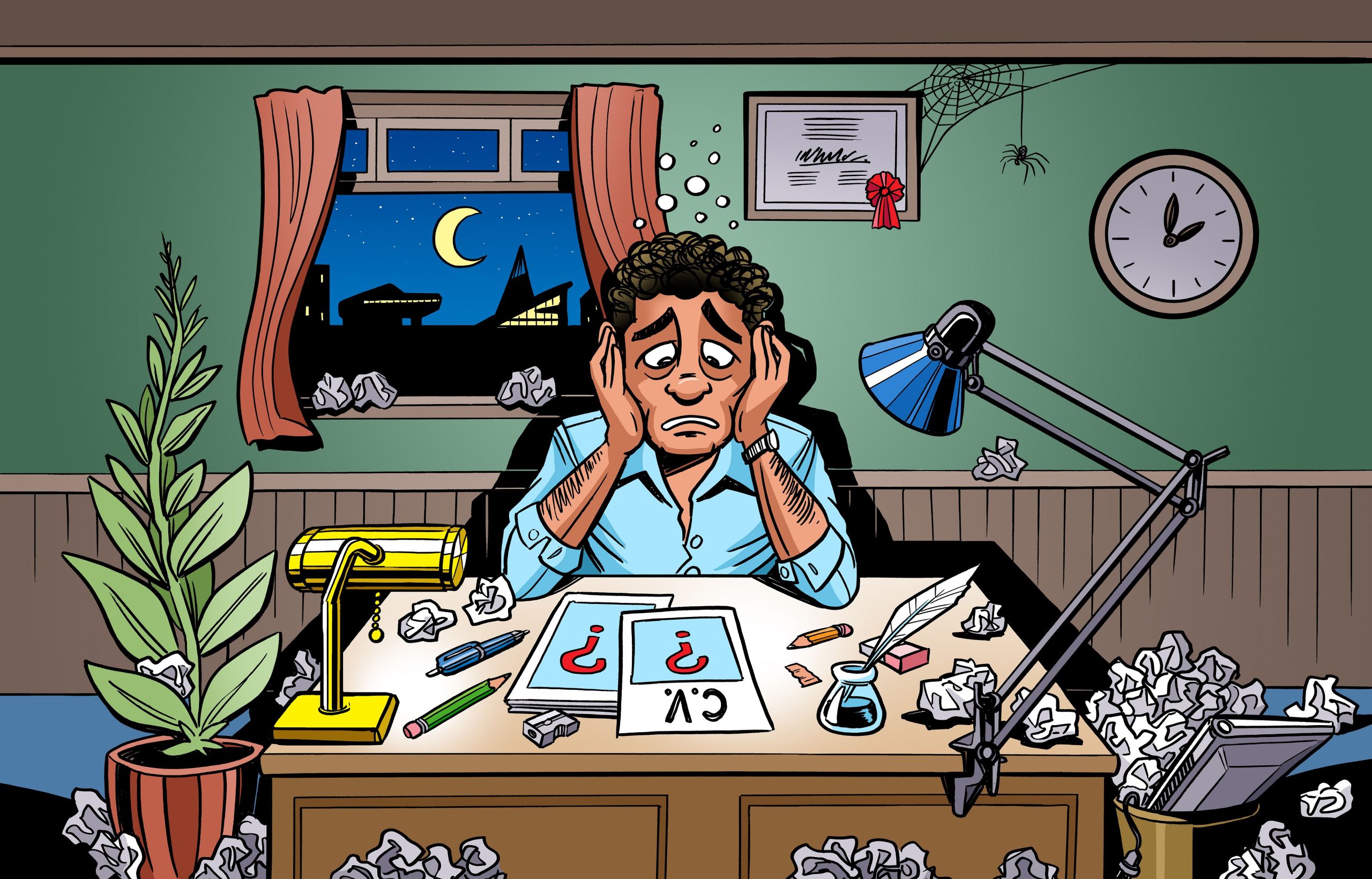The prospect of writing a resume or letter of motivation is universally daunting. To make things a little easier for you, we spoke to two career counsellors from the TU Delft Career Centre, Claire Visée and Iliana Yocheva. Here are some handy tips they had to offer.
Share
Relevant and relatable
You need to demonstrate your potential for the employer in terms of what you can do for them, alongside what you have already done.
- Tailor the text to the job posting: Read the job posting carefully and find the keywords – what they are looking for, in terms of skills and qualification. This will help you target your application to the specifications of the posting.
- Keep your audience in mind: Your CV will be read by different people in an organisation, from hiring managers, HR to technical experts. You need to balance the technical information and the information regarding skills that are relevant, such as organisational skills, team leadership or communication skills.
- Elaborate just enough: Don’t just say, ‘I did my thesis on so-and-so topic’ and don’t give every little detail about your thesis either. Strike the right balance and again, try and describe your work in a way relevant to the application.
- Demonstrate your potential: As students, you are not expected to have a vast repertoire of experience, what employers hope to see is potential. Any activity you have been part of – extracurricular, group leader, side jobs – can be used as a demonstration of certain skills.
- Don’t just name your previous job post, describe what you did at it: Explain exactly what your role entailed, did it need analysis, organisation, networking, what sort of skills, what sort of innovation? Think of your CV from an employer’s perspective.
- Keep cultural differences in mind: Writing and evaluating resumes are influenced by what is acceptable culturally. While some cultures emphasise humility, some prefer more upfront, showcasing resumes. In the Netherlands, say the career counsellors, it is the latter that is preferable. So don’t be afraid of coming across as overconfident, be brave.
Formatting and fine-tuning
In the Netherlands a resume and a CV are the same, and usually not more than two pages long.
- Objective is the key: State a career objective right at the start. Not only is this one place where you can showcase your individuality, it’s also an opportunity to give the employer a framework within which to gauge your work.
- Scan and search: The formatting should be simple enough to be scanned in 10 seconds and structured in a way that anyone can pinpoint the keywords in that time. If you’re applying within a branch that appreciates creativity, such as architecture or design students, you may think out of the box and use colours and images. Other engineering students might prefer a more conservative format.
- Chronological: Keep the most recent thing first, with students that’s usually the education section. How-ever, if you have work experience that is especially relevant to the job you are applying for, you might consider starting with that.
- Look professional: There is no fixed rule about whether you need to include a photograph in your resume. However, if you do decide to include one, use one where you look like a professional, not one of you kayaking.
- LinkedIn: The biggest difference between a resume and LinkedIn is that an online profile cannot be tailored. Be sure that the Heading and Summary section conveys a lot. Keep the photograph professional.



Comments are closed.